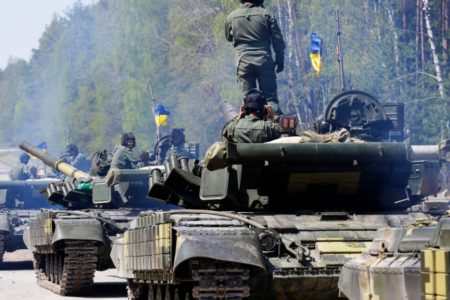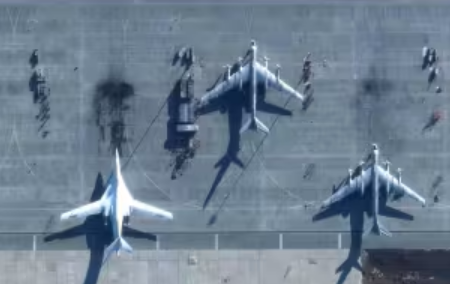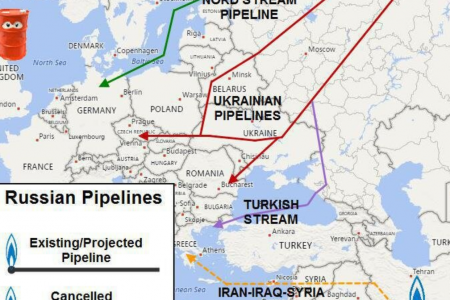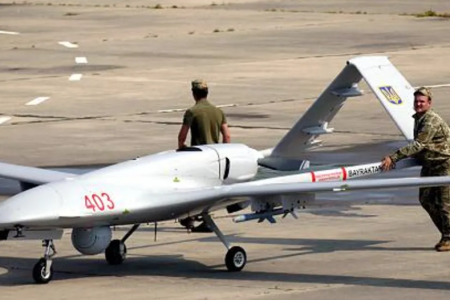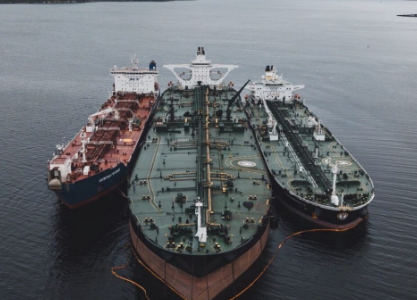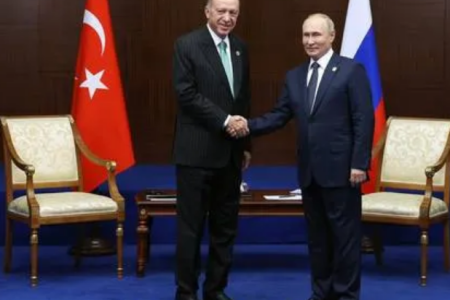The simultaneous exercise of China on the Yellow Sea, the East China Sea, and the South China Sea (East Sea) as well as the tension of border conflicts with India raises a lot of serious thoughts on China’s strategy and tactics.
First, China is creating a lot of enemies. On land, China is currently active in territorial disputes with 12 out of 14 countries bordering China. Every time the border with neighboring countries is tense, it starts from China. Tensions between China and India are now caused by China’s desire to change the status quo. The Sino-Indian War (1962), Sino-Soviet (1969), Sino-Vietnam War (1979 -1989) all started from China first.
At sea, China competes with all the countries bordering the sea. It was with the two Koreas in the Yellow Sea. With Japan in the East China Sea. With Vietnam, the Philippines, Malaysia and Indonesia in the South China Sea. And with America in the Pacific.
Second, China is focusing the dispute on maritime boundaries. China never stops land territorial disputes. But it is a dispute in which China plays a “conductor” role. China points its arm to the border of which country is the sound of gunfire conflict. As a conqueror, China likes to start fighting at that time. The land invasion is in China’s proactive position.
Unlike the mainland, China cannot deploy its permanent troops along the maritime border. So at sea, the initiative doesn’t always belong to China. At sea, other states can actively patrol and exploit the waters under their sovereignty, even though China claims to be Chinese, Beijing is also unable to prevent it completely.
Therefore, when China shifted its focus to invading the sea, China must be able to cope with all three seas of the Yellow Sea, the East China Sea and the South China Sea. Moreover, China must be able to cope at the same time on land with important rivals. Therefore, China conducted military exercises on all three sea while it has tension with India and China did not actively increase heat.
But no matter how much China tries to show its power at sea, it cannot hide the truth about the Chinese navy’s actual power and strength.
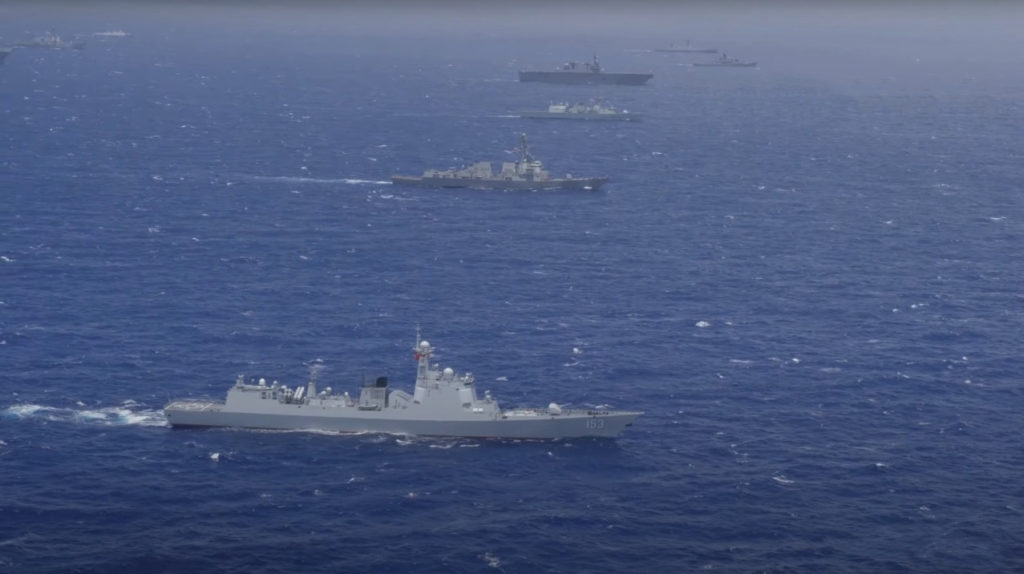
The Chinese navy is large in number but not in technology. Although it is invisible, although it is underground hunting, although it is detecting and locking the target at a distance of 200 – 300 km … but Chinese technology is class 2. When a war occurs, the delay is even 0.0001 % seconds, Chinese warships, submarines, and aircraft will all be shot down first. At sea, it was not land for a soldier to resist the platoon or survive the rain of bombs. At sea shot down is lost.
On the other hand, the Chinese Navy’s tactical contract is still at the “beginning level.” Aircraft carrier Liaoning acquired the former Soviet Union with a low number of J 10, J 16 (the copy of SU 27) was just showcased but not practical enough. China knows that, so it is urgent to build military bases on artificial islands. Not every warship is timely battles and effective battles. In the situation of keeping the ocean immense, any direction has an enemy that has nothing to protect, as a bait for the opponent with the automatic detection control system and satellite control hit every square meter is unavoidable. The Chinese navy, so when it comes to technological adversaries (such as Japan), it is dead, even though Tokyo has fewer ships. What China ultimately has to rely on to threaten other nations is nuclear weapons.
China, though loud-mouthed before strong countries, does not dare to wage war. But China really hits small countries.
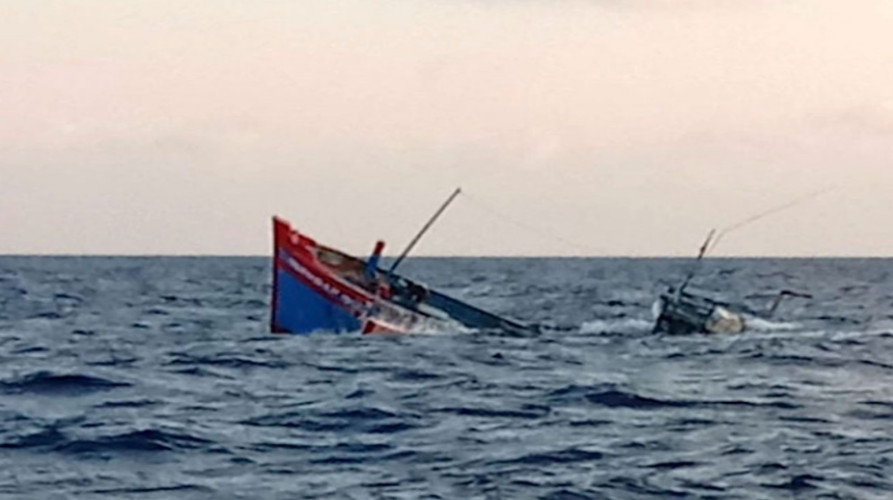
Based on a large number of warships and maritime vessels with large capacity, like road robbers, China massively deploys hundreds of warships when incidents at sea to overwhelm in numbers. With tens of thousands of armored militia ships armed with hidden weapons, China massively chases fishing boats from other countries and occupies foreign fishing grounds. In this way, China occupies the Philippines’ Scarborough Shoal, sinking Vietnamese fishing boats everywhere, penetrating deep into Indonesian territorial waters, taking fishing grounds in the South China Sea.
In this way, not only occupying the fishing grounds, China sent warships to protect Hai Duong 981, Chinese Geological 8 ships violated the exclusive economic zone of Vietnam, Malaysia and the Philippines.
In addition, China prohibits fishing in the South China Sea whenever China wants to; China prohibits boats from any country to any region it likes. China is exercising not only to demonstrate its forces, but also assert that the seas where China is conducting exercises are China’s seas.
After banning fishing and sailing on the sea, China attempted to ban aircraft from traveling in the sky. China’s current drills are a prelude to the launch of China’s air defense identification zone (ADIZ) in the South China Sea. That is the more important purpose of the current Chinese Navy exercises.
That explains why the US on July 4, 2020 has gathered two groups of aircraft carriers USS Nimitz and USS Ronald Reagan into the South China Sea, while China is blatantly exercising in the Hoang Sa (Paracels) which belongs to Vietnam.
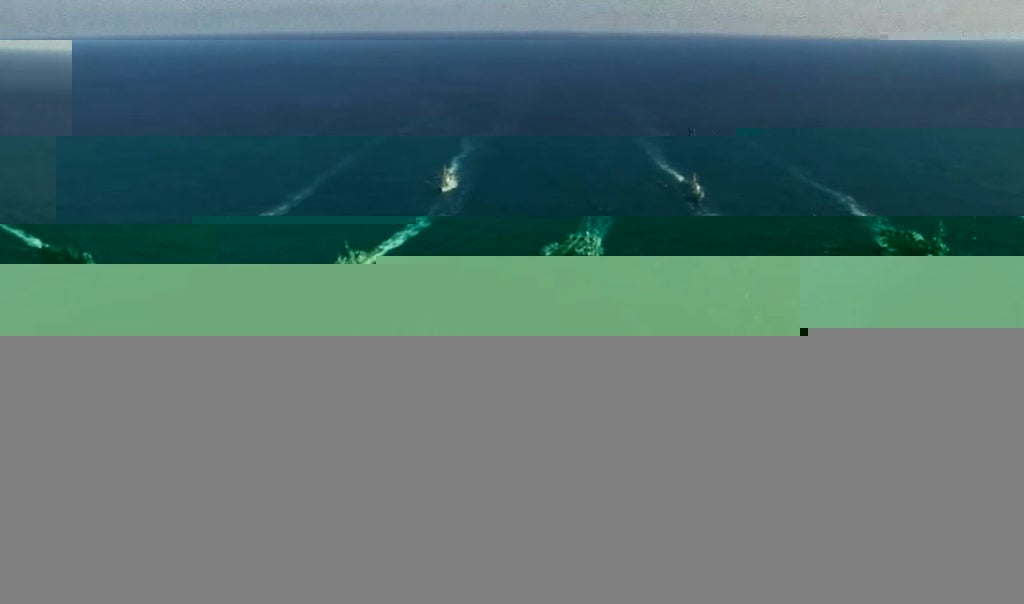
In order to do this, the US has made rapid military movements. The 28-hour continuous flight of the B-52H flying fortress from Louisiana to the South China Sea exercises with two USS Nimitz and USS Ronald Reagan aircraft carriers before landing on Guam, indicating their combat capability in the South China Sea as needed. And don’t mistake about the will and ability of the US. Do not rely too much on the Wuhan virus to defeat the US Navy and reduce the strength of the US itself.
Arriving in the South China Sea, USS Nimitz and USS Ronald Reagan fighters take off hundreds of times every day. On 4-7, B-52H has a display of leading a fleet of 12 aircraft including 10 F / A-18 fighters and 2 E-2C early warning aircraft.
The US Navy’s exercise in countering China’s exercise in the Paracels asserts that the South China Sea is not China’s “home pond.” That China cannot impose no-maritime zones, so it should not attempt to impose identification rooms in the sky.
Nobody wants war. China, although strong-mouthed but did not dare to confront the US. The US also does not want to confront China. But the US is paying from its own mistake.
It was the unrepaired hinge mistake of Nixon and Kissinger in 1971 when they let China take over the People’s Republic of Chiang Kai-shek government at the UN. It was a millennium strategic mistake when it took China to occupy the Paracels in 1974. The US fell into China’s trap when Washington let Beijing join the WTO in 2001. It was a bad step back for the US when China built artificial islands in 2014 in the Truong Sa (Spratlys).
By now, the US has begun to wake up. No more concessions to China. No tolerance for aggressive China. The more concessions the more it encroaches on.
Any deferral negotiations are based on national interests as the deciding factor No. 1. The US-China trade war, the withdrawal of the INF intermediate-range missile treaty with Russia, the withdrawal from WHO are all for the benefit of China. The period when the bully was China. But all that is local moves. Those local moves gave the US short-term benefits just enough to make China pause. But then China will continue to invade – the Hongkong security law has just been enacted by the Beijing authorities shows China’s unyielding stubbornness.
Then it was time for the US to cut the Chinese cancer mass with much bigger legal surgeries. In which it is worth doing is establishing a new organization to replace the UN.
What about Vietnam?
In recent years, ASEAN countries, particularly Indonesia, Vietnam, the Philippines and Malaysia, have had a consensus of encouragement when opening a “diplomatic note” campaign to protest against China’s horizontal invasion in the South China Sea. Most recently, Indonesia’s June 12, 2020 note to the UN clearly stated that:
“There is no entity in the Spratlys that has its own exclusive economic zone and continental shelf, so no entity can create a sea area overlapping with the exclusive economic zone and continental shelf of Indonesia.”
“No historic rights of the PRC exist in the exclusive economic zone and continental shelf of Indonesia. If any historic right existed before 1982’s entry into force, then those rights would be abrogated by the provisions of UNCLOS 1982.”
“Therefore, the Government of Indonesia sees no legal basis under international law to conduct negotiations on the determination of maritime boundaries with the PRC, or any other matters relating to maritime rights, or claims are made contrary to international law.”
The stance “There is no legal reason under international law to enter into negotiations on the determination of maritime boundaries with the PRC, or any other issues related to maritime rights, or claims to rights. The benefit is taken contrary to international law”- right is the cornerstone position of Vietnam, Indonesia, Philippines and Malaysia in relation to China in South China Sea.
Moreover, Vietnam must have a more drastic and clear policy to focus its resources against Chinese aggression on Vietnam’s natural resources.
Vietnam cannot leave Vanguard Bank. Vietnam cannot abandon the area of Red Dragon Fish despite Repsol’s departure. Mining suspension is just a pause.
Moreover, Vietnam needs new security in protecting its sovereignty over islands. Vietnam needs to have “sharp” weapons with the Chinese Navy, especially against Chinese submarine forces. Vietnam needs new weapons to find and destroy that China does not have. Only in that case will the Chinese navy’s aggression in the South China Sea be truly contained. If Vietnam only owns the weapons that China has, China always invades thanks to the overwhelming majority. Remember that the sea is different from land. At sea, you cannot rely on only the spirit of victory and cunning.
Moreover, Vietnam must have allies at sea. Vietnam must exercise at sea. Preparing for battle is the best way to stop the battle.
The world chessboard is hot for a radical change. But Vietnam’s ruling party seems to be concerned too much about its personnel issues.
Nguyen Ngoc Chu
Thoibao.de (Translated)



